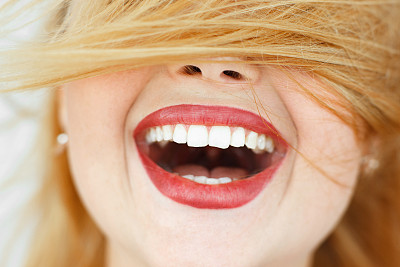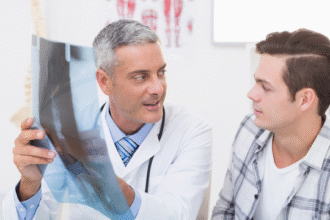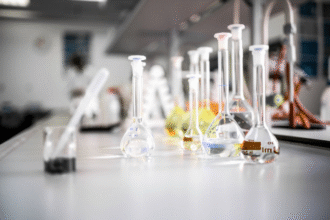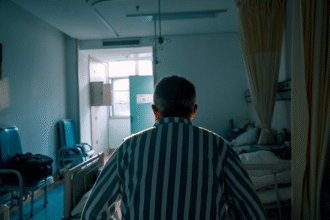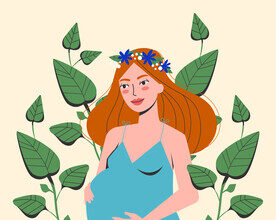Cold Sores (Herpes Labialis)
Cold sores are painful blisters on or around the lips caused mainly by herpes simplex virus type 1 (HSV‑1). After a first infection, the virus remains latent in the trigeminal ganglion and can reactivate.
How It Spreads and When You’re Contagious
- Direct contact with lesions or saliva (kissing, oral sex, sharing utensils, razors, lip balm).
- Most contagious with active blisters or ulceration; asymptomatic shedding can occur.
- Incubation after a new exposure is typically 2–12 days.
Triggers and Recurrence
- Fever/illness, stress, fatigue, sun/UV exposure, cold wind, menstruation, skin trauma, immunosuppression.
Symptoms and Typical Course
- Prodrome: tingling, burning, or pain at the lip border.
- Vesicles on an erythematous base → ulcers → crusting → healing in ~7–14 days.
- Regional lymph node tenderness may occur.
Treatment
Start at the prodrome or within 48 hours for best effect.
Episodic therapy (adults; examples — confirm with your clinician):
– Valacyclovir: 2 g twice in one day (12 hours apart).
– Famciclovir: 1,500 mg single dose.
– Acyclovir: 400 mg five times daily for 5 days (or 800 mg twice daily for 5 days).
– Topical options: acyclovir 5% cream or penciclovir 1% cream; apply as directed. OTC docosanol 10% can modestly shorten duration if started early.
Pain and wound care:
– Cool compresses; protect with petroleum jelly to reduce cracking.
– Topical anesthetics (e.g., lidocaine/benzocaine) can help briefly; avoid if allergic. Do not use steroid‑only creams on active lesions.
Suppressive therapy:
– Consider daily oral antivirals (e.g., acyclovir 400 mg twice daily or valacyclovir 500 mg daily) for frequent or severe recurrences; review risks/benefits with a clinician.
Prevention and Practical Tips
- Avoid kissing/oral sex and sharing items during outbreaks; resume after complete healing.
- Use sunscreen lip balm; consider prophylactic antivirals for predictable triggers (e.g., intense sun exposure) if advised by a clinician.
- Hand hygiene after touching the face; avoid picking or popping blisters.
- Keep items clean and don’t share personal products. Replacing a toothbrush after healing is reasonable but not essential; avoid sharing toothbrushes.
Special Situations — Seek Urgent Care
- Eye involvement (redness, pain, light sensitivity) — risk of herpetic keratitis.
- Extensive/widespread lesions (eczema herpeticum), especially with atopic dermatitis.
- Immunocompromised patients, severe pain, high fever, or lesions not improving after ~2 weeks.
- Newborns/young infants exposed to cold sores — risk of neonatal HSV; avoid kissing babies when you have a sore.
What Not to Do
- Don’t rely on teabags or acidic foods — no evidence they help and they may irritate.
- Avoid alcohol or hydrogen peroxide on lesions; they delay healing.
- Antibiotics don’t treat HSV unless bacterial superinfection is suspected.
Educational information only; for diagnosis and prescriptions, consult a clinician. If you have frequent outbreaks or severe disease, ask about suppressive therapy.



